Spice Chronicles: The Fiery Origins of Chili — A Global Journey
If you’ve ever bitten into a jalapeño and immediately regretted it (or loved every spicy second), you’ve experienced the magic of chili peppers. But have you ever stopped to ask yourself, "Where does chili come from?" Spoiler alert: your taco night staple didn’t originate in Texas… or even on this continent! Grab your sombrero (and maybe a glass of milk), because we’re diving deep into the global roots of the world’s favorite fiery flavor bomb.
Table of Contents
- 🌶️ Where Does Chili Come From? A Historical Dive
- 🌍 The Global Journey of the Chili Pepper
- 🔥 Top 5 Countries That Define Chili Culture
- 🧄 How to Choose the Right Chili for Your Dish
- 🍳 Cooking with Chili: Tips, Tricks & Tongue Tinglers
- 💚 Health Benefits of Chilies You Might Not Know
- 📊 Chili Comparison Table: Heat Levels & Flavors
🌶️ Where Does Chili Come From? A Historical Dive
Contrary to popular belief, chili peppers are native to the Americas. Long before they became the backbone of Indian curries or Korean kimchi, chilies were grown and used by indigenous peoples in Central and South America as far back as 7500 BCE. Yes, that’s older than most of your grandparents’ spice racks!
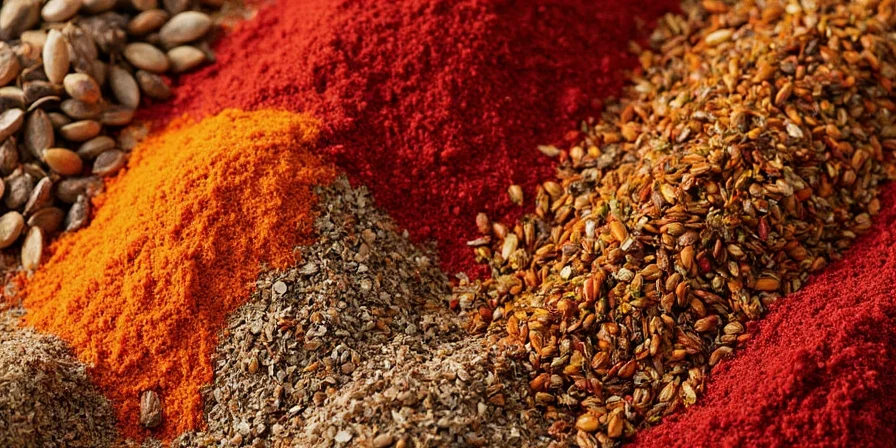
Archaeological evidence shows that chilies were not only used for food but also for medicinal and ritualistic purposes. They were dried, ground, and even used to preserve meats — all before refrigeration was a thing!
The big twist came when Christopher Columbus stumbled onto the New World and mistook these fiery fruits for black pepper (which comes from a completely different plant). He called them “peppers,” and the name stuck. Europeans went wild, and soon chilies spread across continents like wildfire (pun absolutely intended).
🌍 The Global Journey of the Chili Pepper
Once chilies made their way out of the Americas via Spanish and Portuguese traders, the culinary world exploded — quite literally. Here's how chilies took over global kitchens:
- Africa: Chilies blended into traditional dishes like West African jollof rice and Ethiopian berbere paste, adding heat and depth.
- Asia: India, Thailand, China, and Korea fell head-over-heels for the new spice. It became the soul of masalas, Thai curry pastes, and Sichuan peppercorn blends (even though Sichuan peppercorns aren’t technically related — but that’s another story!).
- Europe: While Europe initially resisted the fire, countries like Hungary embraced it with paprika-based dishes like goulash.

🔥 Top 5 Countries That Define Chili Culture
You might think you know spicy, but here’s where the real chili warriors live:
- Mexico: The birthplace of chilies. Home to dozens of varieties from mild poblanos to face-melting habaneros.
- India: Curry central! Each region has its own signature chili blend.
- Thailand: Pad Thai without bird’s eye chilies? Sacrilege. Their love affair with spicy food is unmatched.
- China (Sichuan): Famous for numbing and burning sensation — a double whammy thanks to Sichuan peppercorns and fresh red chilies.
- Korea: Kimchi wouldn’t be kimchi without gochugaru (Korean chili powder). It’s practically a national treasure.
🧄 How to Choose the Right Chili for Your Dish
Choosing the right chili can make or break your meal. Here’s how to pick like a pro:
- Heat Level: Check the Scoville Scale. Mild = bell peppers (0 SHU), medium = jalapeños (~2,500–8,000 SHU), hot = habanero (~100,000–350,000 SHU), extreme = ghost pepper (over 1 million SHU)!
- Flavor Profile: Some chilies add earthiness (like ancho), others sweetness (like cherry peppers), and some straight-up nuclear power (ghost peppers again).
- Form: Fresh, dried, powdered, or fermented — each brings something unique to the table.
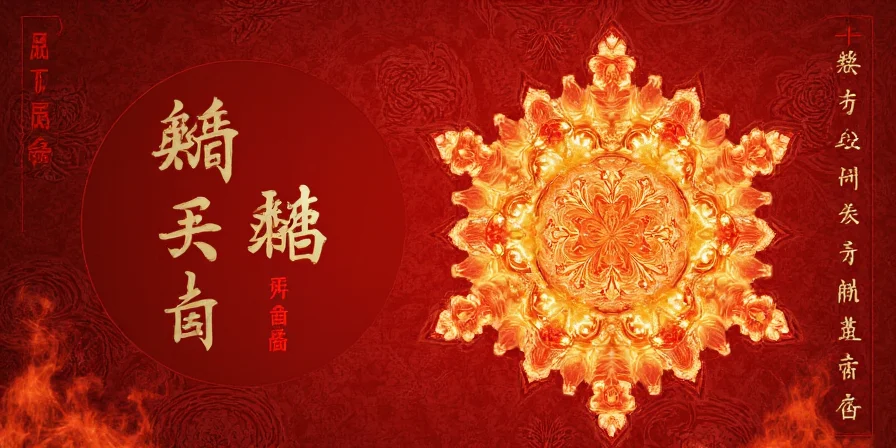
🍳 Cooking with Chili: Tips, Tricks & Tongue Tinglers
Ready to turn up the heat in your kitchen? Here’s how to handle chilies like a seasoned chef:
- Wear gloves! Seriously. Unless you want to accidentally rub your eye after chopping habaneros and feel like you’re being interrogated by the CIA.
- Remove seeds for less heat: Most of the capsaicin (the compound responsible for spiciness) lives in the seeds and inner membranes.
- Roast 'em: Charring chilies over an open flame unlocks smoky, complex flavors perfect for salsas and sauces.
- Add dairy: Milk, yogurt, or sour cream can calm the burn if things get too spicy.
- Balance is key: Spicy isn't always better. Pair with sweet, salty, or acidic elements to create harmony.
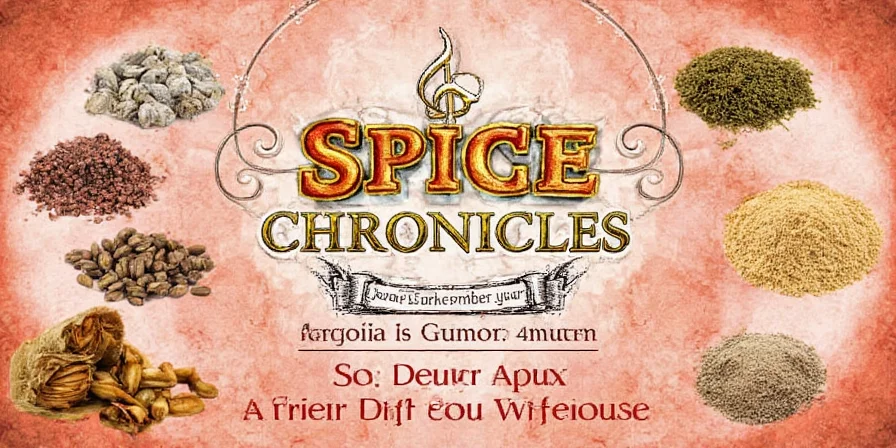
💚 Health Benefits of Chilies You Might Not Know
Beyond flavor, chilies pack a serious nutritional punch. Here's why you should embrace the burn:
- Rich in Vitamins: Vitamin C? Check. Vitamin A? Double check. One green chili has more vitamin C than an orange!
- Pain Relief: Capsaicin is used in topical creams for arthritis and muscle pain. Who knew?
- Boosts Metabolism: Studies suggest capsaicin can help speed up metabolism slightly — bonus points for spicy thermogenesis!
- Heart Health: Capsaicin may improve circulation and lower cholesterol levels. Heart-healthy fire anyone?
- Endorphin Rush: Eating spicy food releases endorphins — giving you that “I survived!” high after a good chili-laced dish.
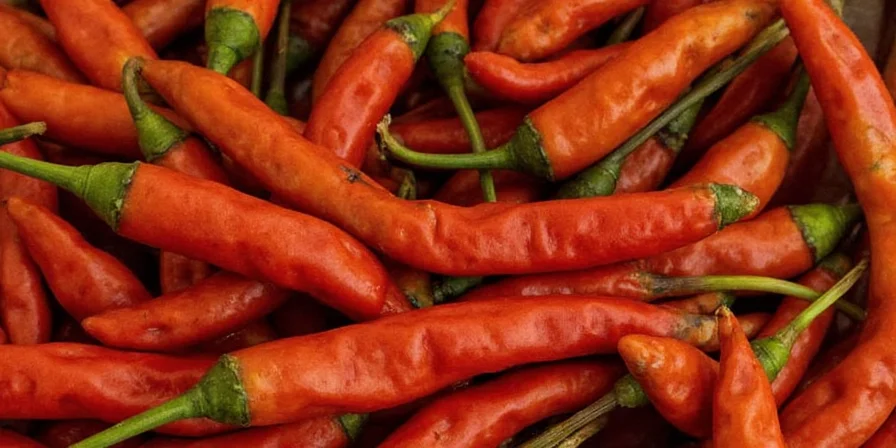
📊 Chili Comparison Table: Heat Levels & Flavors
| Pepper Name | Scoville Heat Units (SHU) | Flavor Notes | Best For |
|---|---|---|---|
| Bell Pepper | 0 | Sweet, crisp, grassy | Stuffing, salads, stir-fries |
| Jalapeño | 2,500–8,000 | Grassy, bright | Tacos, nachos, salsa |
| Serrano | 10,000–23,000 | Earthy, sharp | Salsas, soups, sauces |
| Habanero | 100,000–350,000 | Fruity, floral | Hot sauces, Caribbean dishes |
| Ghost Pepper (Bhut Jolokia) | ~1,041,427 | Smoky, intense | Challenge cooking, daredevils |
Conclusion
So, next time you reach for that bottle of crushed red pepper, remember: you're not just adding heat — you're tapping into a rich, global legacy. Chili peppers have traveled oceans, ignited taste buds, and transformed cuisines across centuries. Whether you’re simmering a mild Mexican stew or dabbling in the world of superhots, there’s a chili out there for every palate.
And now that you know where chili comes from — from ancient American fields to your modern pantry — you can appreciate it like never before. Happy cooking, brave spice lovers!

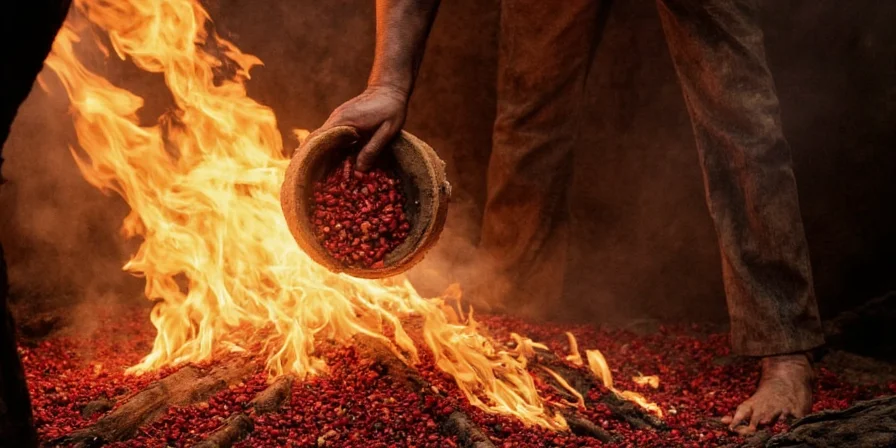









 浙公网安备
33010002000092号
浙公网安备
33010002000092号 浙B2-20120091-4
浙B2-20120091-4